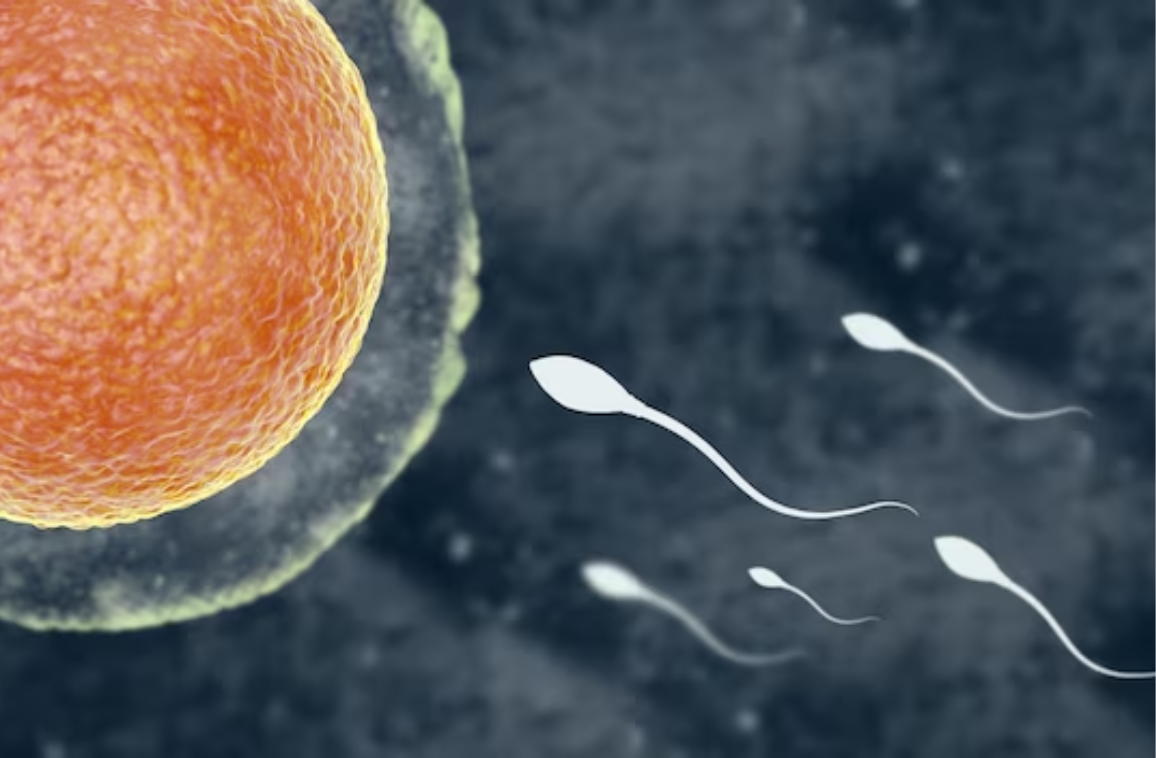Male fertility is a health issue of great concern to couples who are keen to have a baby. Much research and study have been done on it. Men can also contribute to a woman’s not being able to conceive.
Fertility problems are on the increase, and socially, people avoid talking about them. In the past, it was assumed that the cause always lay with the woman. Much focus is on the processes of sperm production and conception. Low sperm count, low sperm quality, or both are health issues of great concern to both men and women. Efforts have causes and potential factors that do affect male fertility, and investigation and current treatment options for these men are being investigated.
Couples struggle with infertility, making it a widespread issue. Male factors are indeed a main or even a contributing cause in at least half of all cases. These procedures and therapies do help diagnose male infertility and treat low sperm count.
Men are equally responsible for infertility as females since male partners can have oligozoospermia (low sperm count), asthenozoospermia (which happens to be poor motility), teratozoospermia, or oligoasthenoteratozoospermia (OAT). OAT is considered to be the most common kind of male infertility, but sometimes patients can have azoospermia when no sperm can be found in a man’s semen, and in fact, quite a few infertile men are diagnosed with it.
Fertility consultants do reveal that there can be several factors that can cause the above conditions, such as genetic factors, abnormal hormone levels, anti-sperm antibodies, infections of the reproductive system, lifestyle habits, and choices such as alcohol consumption, smoking, and illegal drugs, trauma, infection, surgery in the pelvic area, inflammation, vasectomy, a cyst, and a cystic fibrosis gene mutation that can rather cause the abnormal development of the vas deferens.

It is very important to diagnose the underlying condition so that appropriate treatment can be given. Presently, advancement in the field of ART-assisted reproductive technology treatment is possible in almost all cases of male infertility if proper evaluation and diagnosis are done. For diagnosis, a general physical examination as well as medical history are very important. Apart from that, the most important investigation is, no doubt, semen analysis. In semen analysis, the concentration of sperm being present is determined by its morphology as well as its motility.
There happens to be a varicocele or other problems in the testicles and supporting structures.
Focus
- A blood test for the level of testosterone as well as other hormones is also important.
- Post-ejaculation urinalysis, genetic tests, and testicular biopsy are important in cases of azoospermia.
- Treatments for male infertility do start with lifestyle modification. Having sexual intercourse every day or even every other day in a fertile window will increase the chances of conception.
- Avoiding the use of lubricants. Products there—lotion, saliva, etc.—can impair sperm movement and function.
- Following a healthy lifestyle and eating healthy foods, as well as maintaining a healthy weight, getting enough sleep, and exercising regularly, helps.
- Stop or reduce your use of alcohol, quit smoking, and don’t use illicit drugs.
- Supplements like coenzyme Q10, folic acid and zinc combination, L-carnitine, selenium, vitamin C, and vitamin E can help.
- Apart from a healthy lifestyle, treatment of infection with antibiotics, surgery if a significant varicocele is present, medication or counseling to improve fertility in conditions such as erectile dysfunction or even premature ejaculation, hormone treatments, and medications can help a person to conceive.
- Assisted reproductive techniques like ICSI (intracytoplasmic sperm injection), P-ICSI, TESA, Micro TESA, Noasera, etc. can indeed help to have a pregnancy, even in cases such as OATS, obstructive and non-obstructive azoospermia.
In the end, treatment is rather possible in almost all cases of male factor infertility. The most important are proper evaluation, diagnosis, and treatment. Couples struggle with infertility, and women find it difficult to become pregnant. Male factors are also the main contributing cause in at least half of most cases. Fortunately, infertility problems do not prohibit someone from having a child of their own with their partner. Some procedures and therapies can help diagnose and treat male infertility.
Conclusion
Male infertility, or rather, male fertility, is a health concern for experts.









